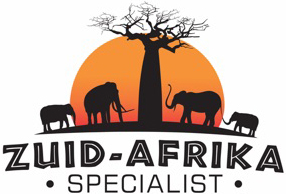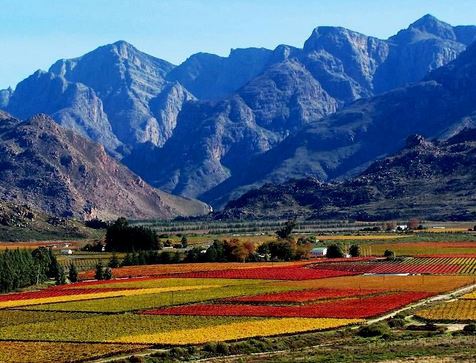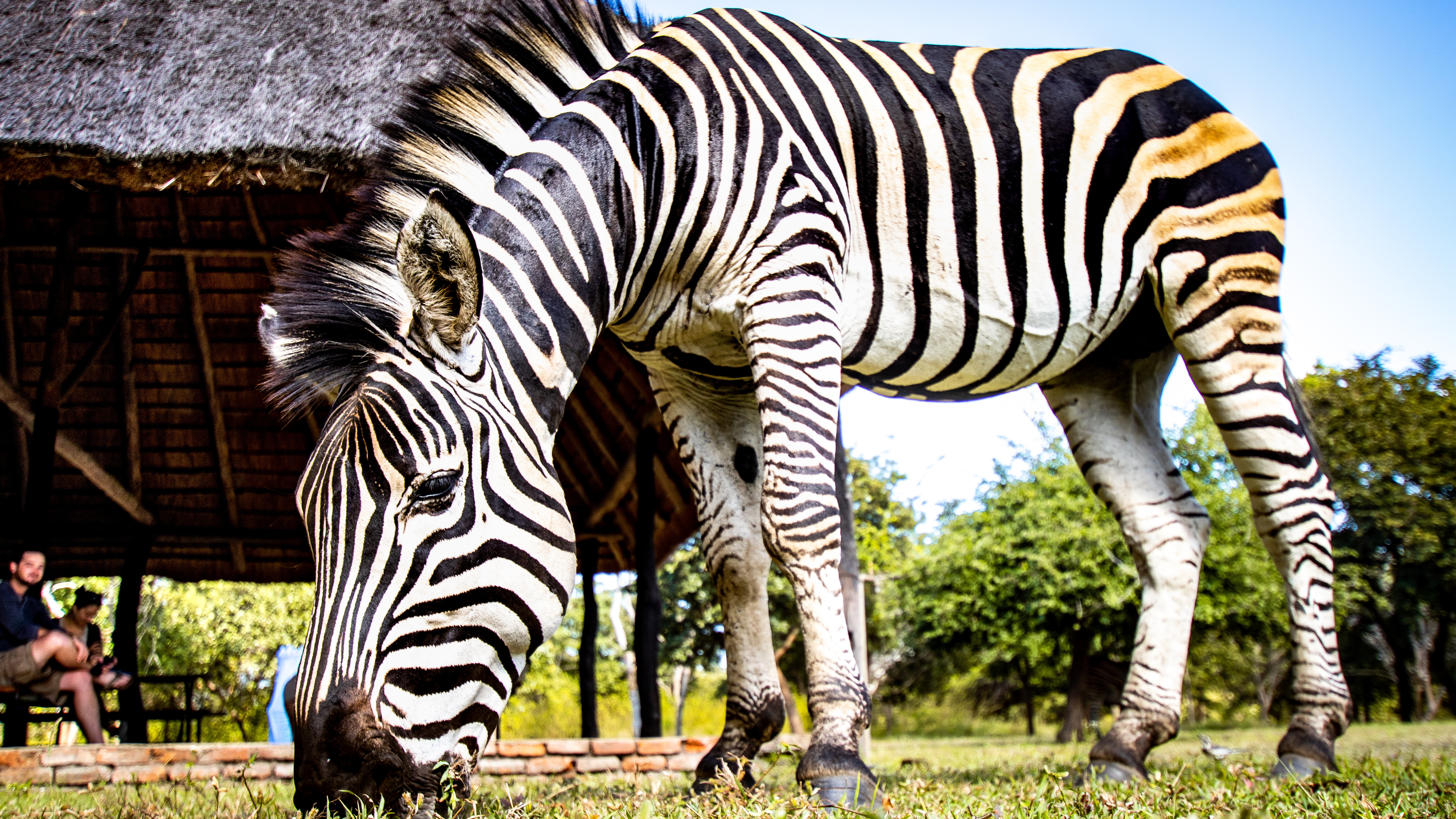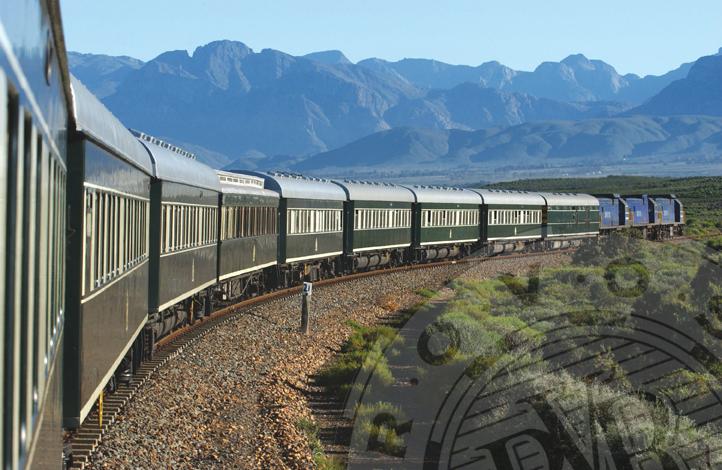Conservation fee and community levy
Conservation fees Zuid-Afrika
For a visit to the SANParks (South Africa National Parks, 20 parks in total) a so-called conservation fee is requested. The Conservation fees are calculated per day that you are in the park. Private game parks and nature and wildlife parks located in Kwazulu Natal province do not fall under the ‘SANParks’ category, so you do not have to pay a SANParks conservation fee here. These parks themselves determine the height of the entrance fee. You can find the information about the Conservation fees at the SANParks by clicking on the link below:
daily-conservation-fees-2018-2019
Please note that international rates apply differently for international visitors than for South Africans, so check the right column. You pay the conservation fee at the entrance of the relevant park.
If you visit multiple parks, a wildcard can be advantageous, you pay 1x an amount and then you have access to all SANParks as well as Kwazulu Natal Parks and the Big Game Parks in Swaziland. South Africans can buy a wildcard for a certain ‘cluster’, part of the parks. However, international visitors can only buy a wildcard for all clusters.
Community Levy
For each booking there is also a so-called ‘community levy’ of 1% of the amount of the booking (accommodation, camping and booked activities in the park). The money raised with this is used for projects in the areas adjacent to the SANParks. In these areas people often live in poverty and there is often a lack of clean drinking water. The projects that are financed from the community levy are focused on health care and education. It also contributes to a faster implementation of sewage treatment projects in these communities.
A nice gesture from SANParks and its guests to the surrounding communities to contribute to the development of these areas. The community levy is included in the price of the booking.
Conservation fees Botswana
The National Parks in Botswana are managed by the Department of Wildlife and National Parks (DWNP). Parks that fall under this organization include: Chobe National Park, Makgadikgadi National Park and Moremi National Park. A conservation fee of 120 Pula per person per day and 50 Pula per vehicle (max. 3500 kg) per day applies to all these parks. You can pay these conservation fees in cash at the entrance of the relevant park. You can also pay the conservation fee at the DWNP office in Maun or Kasane. Opening times of the DWNP offices are Monday to Saturday from 7:30 AM to 4:30 PM and on Sundays and public holidays from 7:30 AM to 11:00 AM
The above prices do not apply to cross-border parks such as the Kalahari Transfrontier Park and to private reserves such as can be found around Francistown, Gaborone and Maun. A well-known reserve is for example Khama Rhino Sanctuary, entrance fees for this park are 86.50 Pula per person per day and 106.50 Pula per vehicle per day, payable at the campsite.
Conservation fees Namibië
You also pay a conservation fee in Namibia if you want to enter the national parks. For Etosha, Fish River Canyon, Skeleton Coat, Naukluft Park (ao Sossusvlei and Sesriem) and the Waterberg Plateau Park you pay N $ 80 per person per day and N $ 10 per vehicle per day. You can pay these conservation fees at the office in the relevant park. However, if you want to visit the northern part of the Naukluft Park (Welwitschia Drive and the Bloedkoppie, Hobas and Tinkas campsites), you must purchase a permit in advance at the Namibia Wildlife Resorts office at the Sesriem Camp or at NWR in Windhoek or Swakopmund.
For other parks in Namibia usually a conservation fee of N $ 40 per person and N $ 10 per vehicle applies.
Your South Africa vacation starts with the Zui-Afrika Africa specialist.
Add to my travel plans


